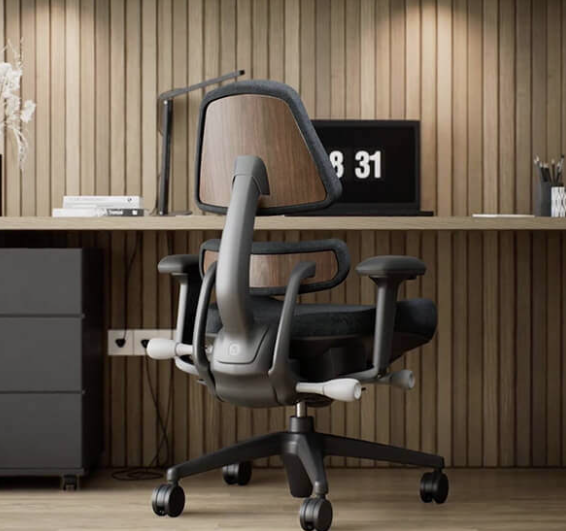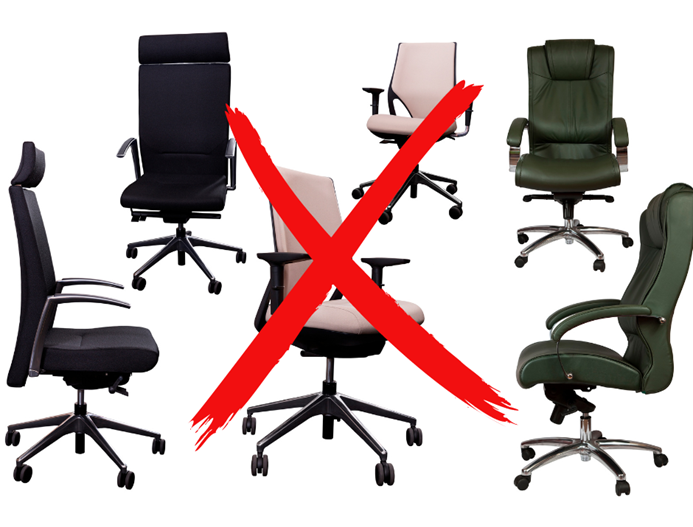Today, we tackle an important question for those who suffer from low back disc degeneration and are trying to protect the health of your spine: Is it better to have a reclining office chair or a tilting one when dealing with low back disc degeneration? Let's dive into the science of your spine and how these chair features can impact your comfort and well-being.
Understanding Low Back Disc Degeneration
Let’s cover the basics of low back disc degeneration. This common condition, often associated with aging, involves the wear and tear of the spinal discs in the lumbar region. As these discs lose moisture and height over time, it can lead to discomfort, pain, and reduced mobility. Sometimes these symptoms are severe.
If you suffer from low back disc degeneration, you're no stranger to the daily battle with back discomfort and back pain. Finding the right office chair can be a complete game changer when it comes to managing these challenges. It’s crucial that you pay special attention to the features of your office chair so you can tailor it to your unique needs. Our discussion today will hone in on the different techniques for leaning back.
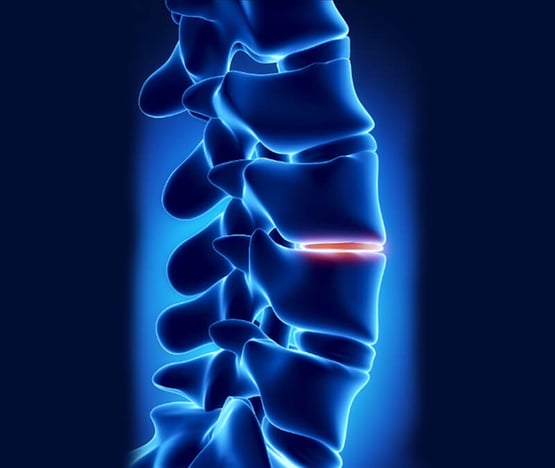
Recline vs. Tilt
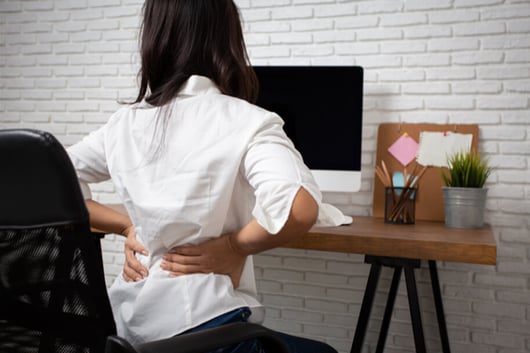
Is it better to have a reclining office chair or a tilting one when dealing with low back disc degeneration?
Understanding the Pelvis-Spine Relationship
Before we delve into the debate of reclining versus tilting chairs, it's crucial to comprehend how your pelvis influences the behavior of your spine. Your pelvis position plays a pivotal role in determining your spinal alignment. In essence, when you adjust your pelvis, you're directing your spine into a specific posture.
For example, when you recline or lean back in a chair, your pelvis naturally shifts, causing your spine to assume a curved, C-shaped form. Unfortunately, for those with low back disc degeneration, this curve can translate into excessive pressure on your spinal discs and crippling discomfort.
The Benefits of Reclining Chairs
Reclining office chairs do offer one advantage: their ability to counteract the gravitational force that constantly tugs at your spine. By leaning back in a reclining chair, you distribute the weight more evenly across your back. This can provide relief from the constant downward pressure on your spinal discs.
The Better Choice - A Compelling Case for a Tilting Mechanism on Your Office Chair
For individuals dealing with low back disc degeneration, there's a more optimal solution - the tilting office chair. In chairs equipped with this feature, both the seat and the backrest MOVE IN UNISON. The magic happens when you start with a proper, upright seated posture and then engage the tilt function. When you tilt backward, your spine maintains its natural curve, preserving good posture without any tucking or distortion!
Tilting allows you to subtly shift your weight, relieving stress on specific areas of your spine while maintaining overall alignment and good posture. This means you can avoid placing strain on your spinal discs while still enjoying the advantages of adjusting your seating position.
The Tilt Feature is KEY for Low Back Disc Degeneration
When deciding between a reclining and tilting office chair for low back problems, the clear winner is the tilt feature. A good chair lets you stay relaxed while keeping your spine healthy. Dealing with lower back issues can be debilitating, but the right chair can greatly help ease discomfort and make your workday a whole lot better.
Recent Post
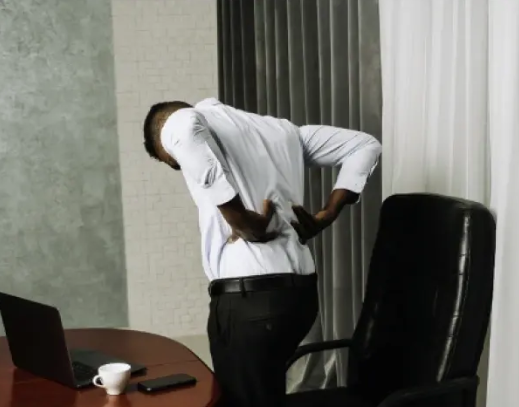
Exercises to Avoid With a Herniated Disc
March 6, 2025A herniated disc can put a serious damper on...

Gentle Back Exercises for Lower Back Pain & Herniated Discs
February 17, 2025Adding a cushion to your office or gaming chair...
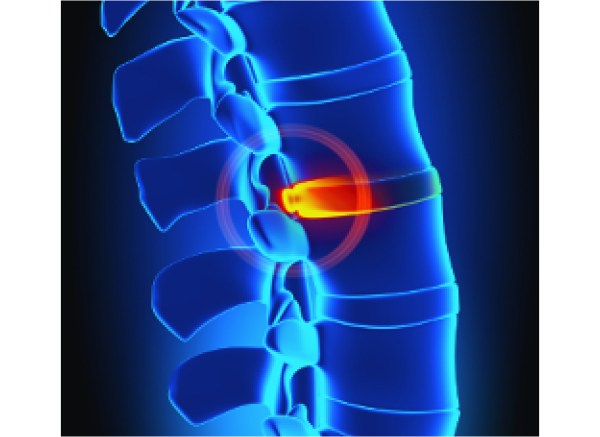
Bulging Disc vs. Herniated Disc:
February 5, 2025Adding a cushion to your office or gaming chair...






